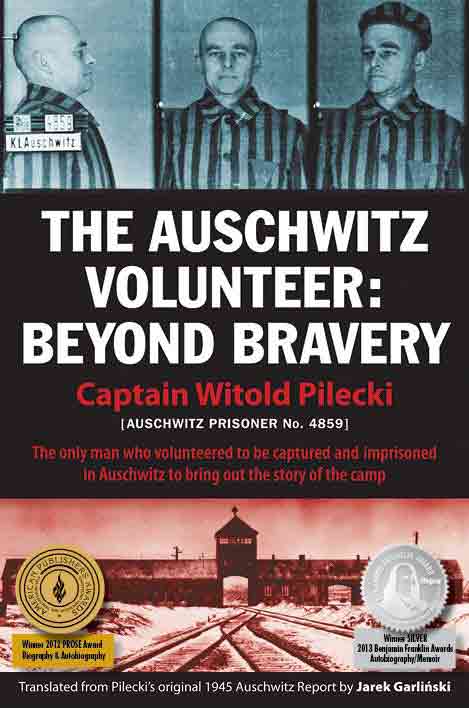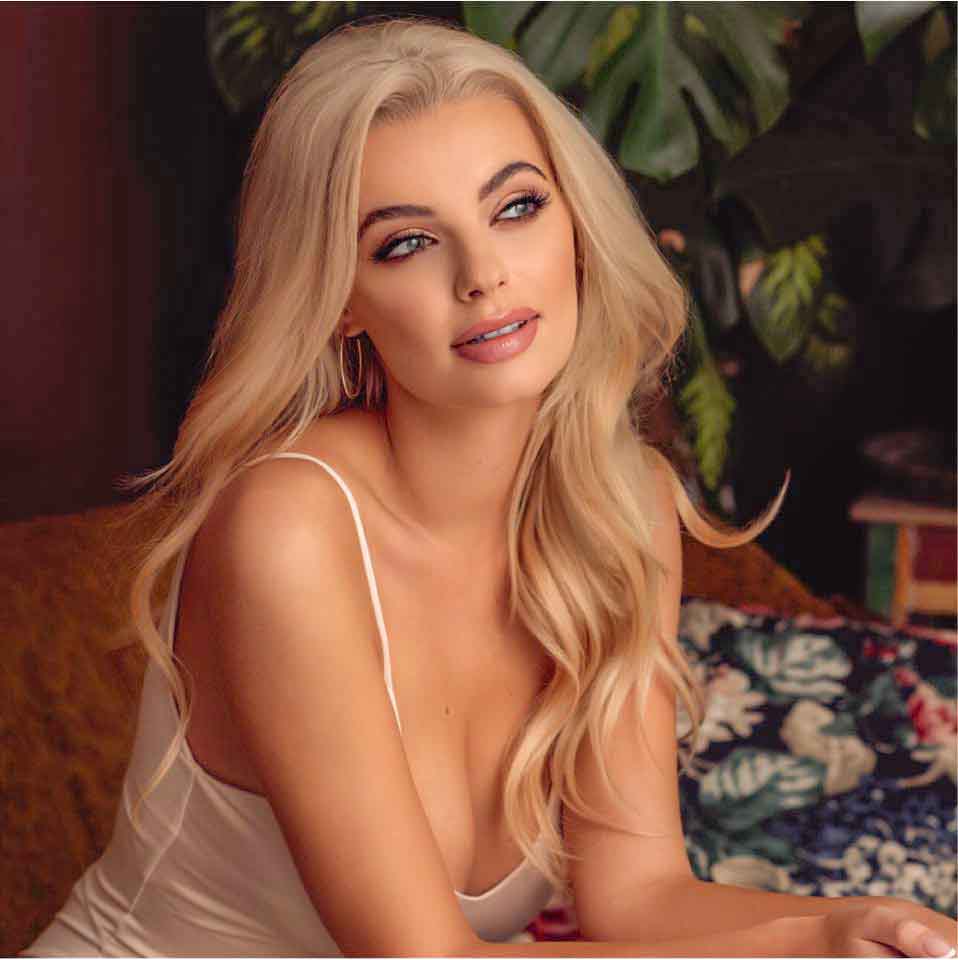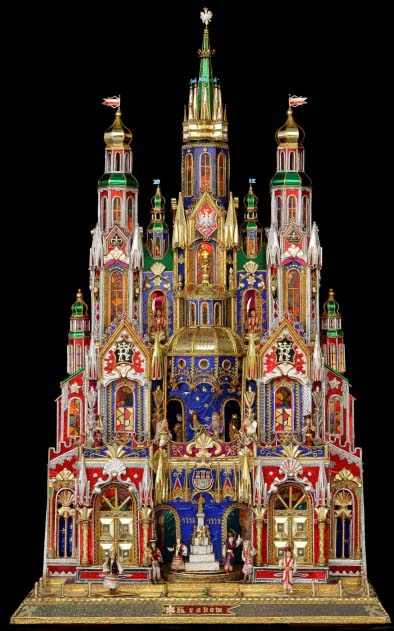Polish Fest is America’s largest Polish festival taking place every year on the Summerfest grounds near the shores of Lake Michigan in Milwaukee. It’s a living educational showcase of the arts, culture and tradition that is uniquely Polish. It’s a way for the older generation of Polish Americans to pass the knowledge of the culture of Poland onto their children and onto the generations to follow, and for the younger generation to get acquainted with the history, traditions, and customs of their Polish forefathers. It attracts Polish Americans from all over Wisconsin, from nearby Chicago, as well as the rest of the United States, and even Canada, who come to celebrate Polish culture through music, food, and entertainment.

Source: polishfest.org
Polish Fest has been an annual event for the last 40 years. Its first edition took place in 1982 during the four days of the Labor Day weekend on the city’s Summerfest grounds. In a perfect world we would be celebrating the 41th anniversary this year, but in reality, this year’s Polish Fest is being organized for the 39th time. The pandemic sadly deprived us of a lot of good things, and the cancellation of the Polish Fest, during both 2020 and 2021, turned out to be part of the fallout.
All the more joyful will be the celebrations this year, when the 39th Polish Fest will take place from June 10 to 12 at Milwaukee’s Henry W. Maier Festival Park, commonly known as the Summerfest grounds. Notably, on Saturday evening, June 11, there will be a fireworks display, The Big Boomski. The Summerfest area will once again be the site of concerts, dances, special exhibits, cooking demonstrations, and – of course – a lot of eating of Polish food, and drinking. Regarding the drinking, the authentic, actually “Brewed in Poland” Polish beer “Tyskie” will be served.
On May 18, 2022, in the days leading up to the Polish Fest, Ms. Janine Adamczyk, the organizer extraordinaire, found a few minutes to sit down with «Kuryer»’s Andrew Woźniewicz to chat about the history and the future of the Fest.
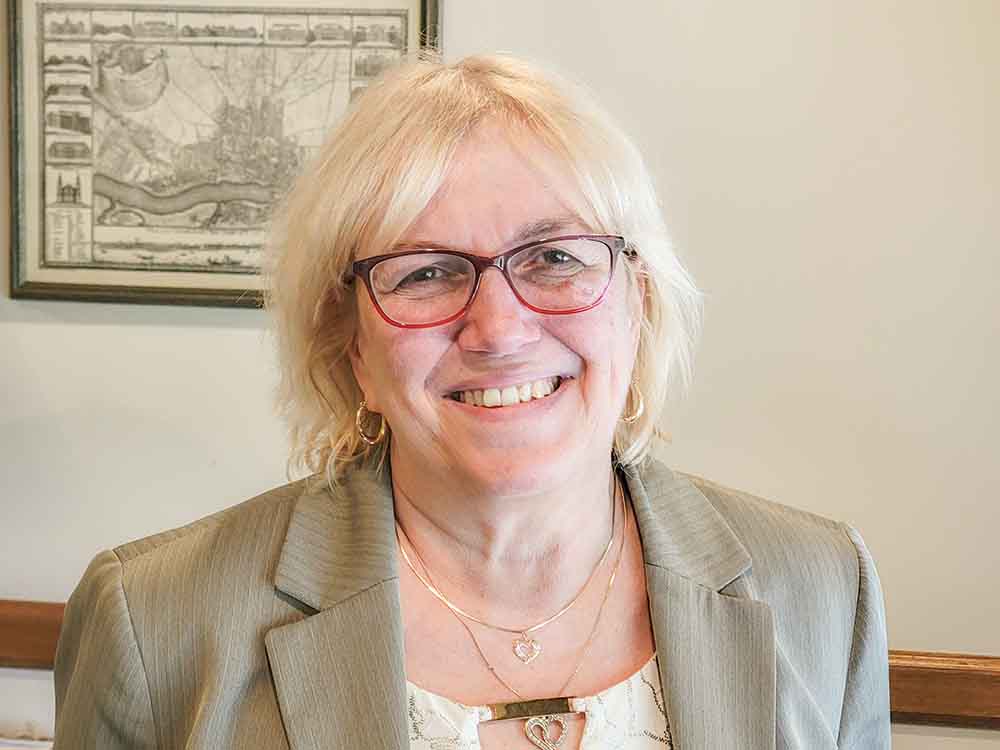
Janine Adamczyk (Photo: A. Woźniewicz)
Andrew Woźniewicz: Janine, thank you for finding the time in your busy schedule before the festivities, which happens to coincide with the end of the school year, to join me for a chat. I hear you are exceptionally busy during this time…
Janine Adamczyk: Yes, the end of the school year and the days leading up to the Polsih Fest are always a little hectic. I count them diligently and – with only 22 left today – I am looking forward to this great celebration.
AW: How did you get involved in the organization of the Polish Fest?
JA: On November 21, 1981, Marty Kmiec, Adrian Choinski, Henry Wantoch and Conrad Kaminski met to discuss the importance of celebrating Polish culture and that’s when the Polish Fest was born. These men coordinated the first Polish Fest in September 1982 along with Ted Sobanski and Ron Witkowiak, with the enthusiastic involvement of hundreds of volunteer. I got involved very early on, though. It was my father, born in Kraków, who became the first-generation immigrant soon after having fought in the Second World War, who got me involved. I am proud to say that I have never missed a single day of Polish Fest since.
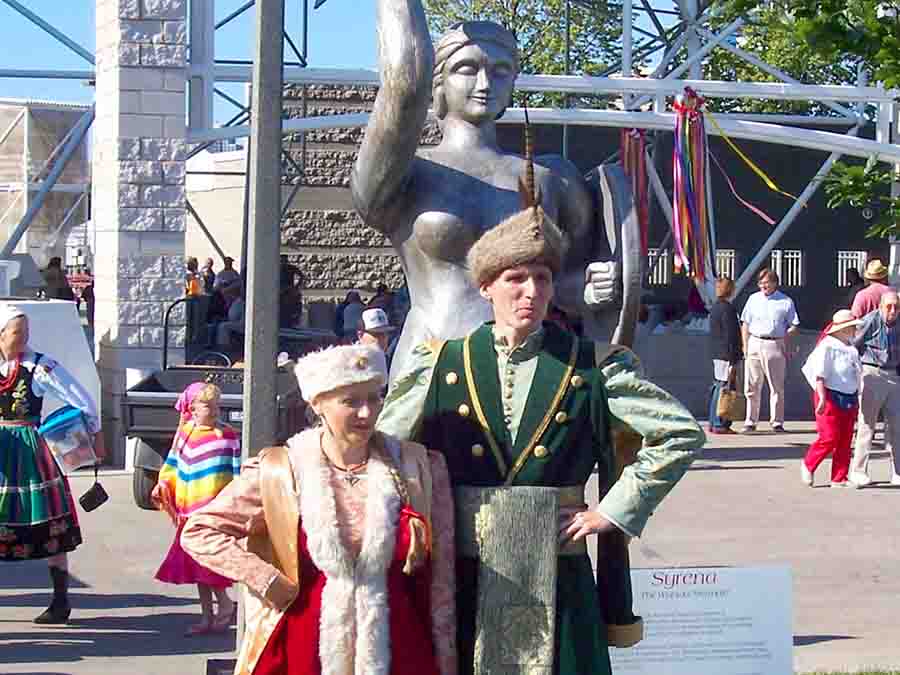
Traditional Polish nobility garb (Source: polishfest.org)
AW: The first Polish Fest was in September?
JA: Yes, it was organized during the Labor Day weekend. It was huge, took place on the Summerfest grounds over four days. We realized, however, that the Labor Day weekend may not be the most optimal time to organize it, as a lot of people are still out of town, and many have their minds set on the beginning of the school year then, not to mention the possibility of inclement weather. We considered August, trying it for one year, but then we were competing with the State Fair. July is usually too hot, which – interestingly enough – does not bode well for the sales of alcoholic beverages or food, and – of course – there is Summerfest, which seems to become bigger every year. So that’s how we settled on June.
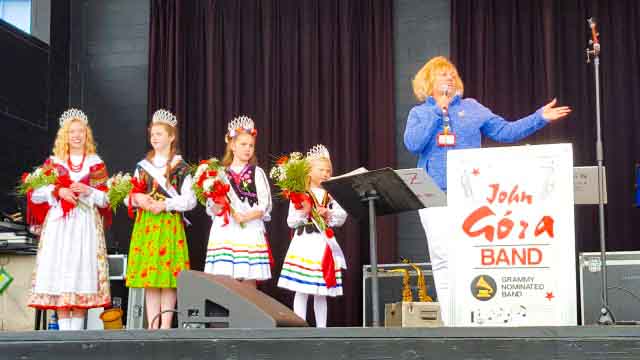
Source: polishfest.org
AW: What exactly is your role in the organization of the Polish Fest today?
JA: I have served as the entertainment chairperson for 28 years. I have been the Chair of the Polish Fest Managing Committee for many years. I have also served as the Polsih Heritage Aliance president in the past.
AW: That’s a long history of involvement.
JA: I must say that I don’t do it all by myself. We have over 400 volunteers to help us with everything from looking over the Summerfest grounds, to work at the entrance gate, to serving food and drink, to setting everything up, and cleaning up afterwards. I would also like to mention the Executive Director of the Polish Center of Wisonsin, Jeff Kuderski, who is key to coordinating the Fest and without him and his immense efforts we would not be as successful in this huge task.

Source: polishfest.org
AW: What does the Polish Fest have to offer visitors this year?
JA: Where do I start? The dance groups are always a highlight of the festivities. This year we have six different dance groups, including Ukrainian dancers – the Dnipro Ukrainian Dance Ensemble – on Saturday. Syrena dance ensemble will be performing all weekend. Non-stop polka stage is always an attraction. There will be futsal tournaments for the youth and for entire families, organized in cooperation with the Polonia Soccer Club of Franklin. Milwaukee Table Tennis Club will have players in the Miller Brewhouse, where the public can also try their hand at table tennis. We have a number of interesting speakers lined up for the “Speakers Forum”, including genealogy talks by Steve Szabados, historical talks by Don Pienkos, Neal Pease, Martin Kozon, and Tomek Lenkiewicz. There will also be Polish Tatra sheepdogs wagging their tales to greet visitors. You will be able to meet them on the lakefront side of the Cultural Village during the day.
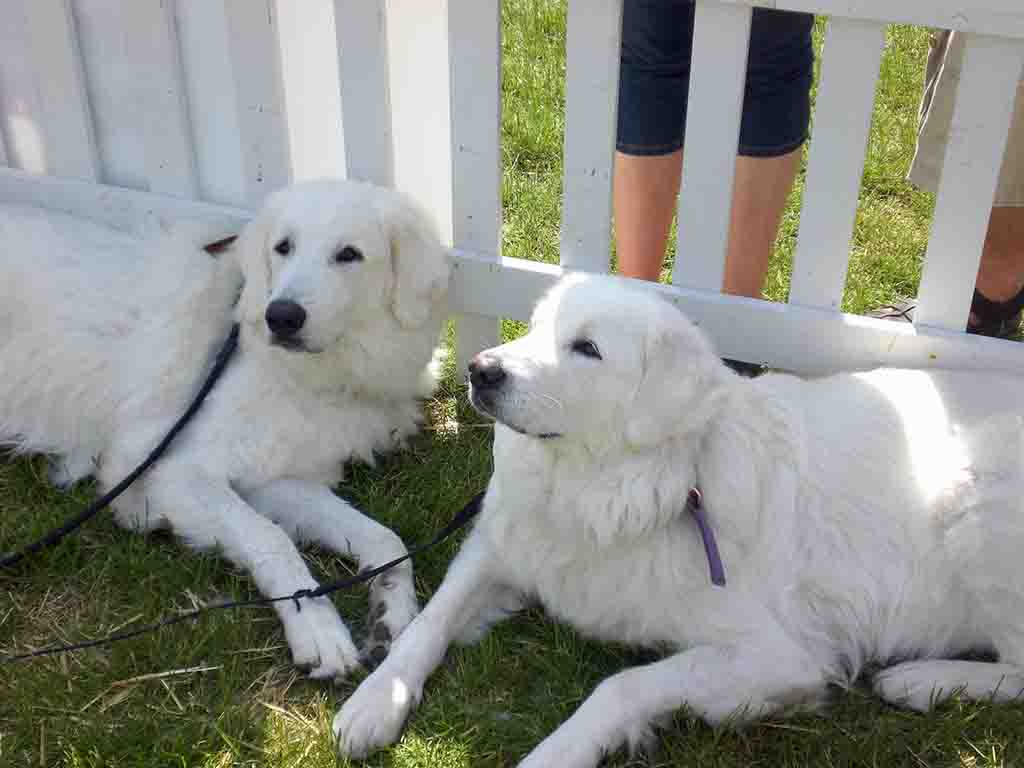
Polish Tatra sheep dogs (Source: polishfest.org)
AW: What else is in the plans?
JA: We have a special exhibit “Poland, More than You Expected!” featuring photographs of various historic sites around Poland. As always, folk artists will be demonstrating traditional Polish crafts, including wycinanki (paper cut designs), pisanki (decorated Easter eggs), wianki (floral head wreaths), straw weaving, and wood carving. Experts from the Polish Genealogical Society of America will be available to assist in tracing one’s family Polish roots. Polish organizations, including the Polish American Congress – Wisconsin Division, will have on site presence.
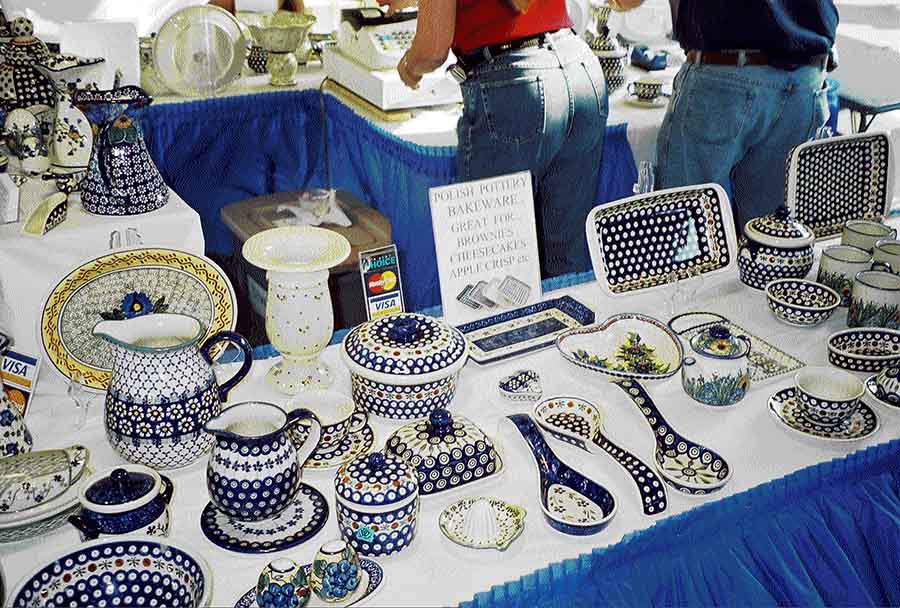
The Marketplace „Sukiennice” at Polish Fest (Source: polishfest.org)
AW: Polish authentic food is always a big part of the Fest…
JA: Absolutely, and this year will not be an exception. Not only will delicious ethnic food be available on site, but you will be able to purchase authentic Polish food products normally found in a typical Polish supermarket or general store, such as dill pickles, canned and dry soups, jams, juices, bread mixes, cookies, and candy, to take with you. This will be available in Mały Sklep (The Little Store), Polish Fest’s general store in the souvenir building. The cooking demonstrations are always wildly popular. They will be given by Chef Joe Parajecki and take place in the large forum tent, directly north of the main entry gates. The highlight of the cooking demonstrations this year is going to be the Polish sausage – kiełbasa – making demonstration by Michael Krass.
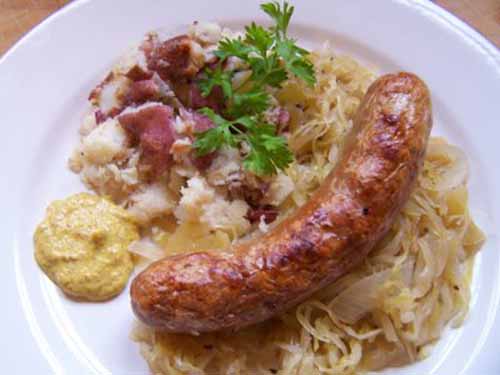
Polish sausage (Source: polishfest.org)
AW: Shall we also mention the drinks?
JA: As in the years past, Sobieski Vodka is a big sponsor of the Polish Fest this year. We will have Vodka Tastings taking place every day of the Fest (must be 21 to participate, of course). You can also enjoy specialty mixed Sobieski Vodka drinks and Jimmy Luv Bloody Marys on the upper deck of the Generac area. Back again this year we also feature authentic Polish “Tyskie” beer imported directly from Poland – you can’t get any more Polish than that.

Source: polishfest.org
AW: The Fest starts on Friday, June 10…
JA: Yes, at noon until midnight. Saturday, June 11, starting at noon, until midnight, and Sunday, June 12, noon, until 8 p.m. I would like to point out that admission is always free to children 15 years of age and under, as long as they are accompanied by an adult, and to the U.S. military personnel, with a valid military ID. On Sunday, at 10 a.m., there will be a mass at the Sobieski Vodka Cultural Stage, celebrated by Reverend James Lobacz, Logistics Coordinator for the Archbishop and Vicar for Senior Clergy. The admission to the mass is free to all at the main gate.
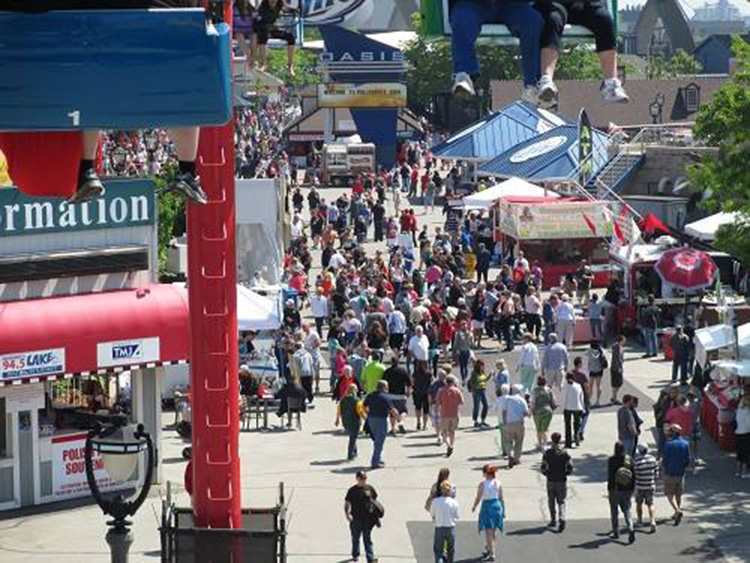
Aerial view of the Summerfest grounds during Polish Fest (Source: polishfest.org)
AW: Thank you very much for this interview. I can tell that you are extremely proud, excited, and also very enthusiastic about the Polish Fest.
JA: Thank you for the opportunity to talk about our wonderful Fest! I invite everyone to Polish Fest. There is something for everyone! Hopefully the weather will cooperate. There seems to be a curse over the Polish Fest: it always rains on, at least, one of the days. This is a challenge that all outdoor festivals face, though.







